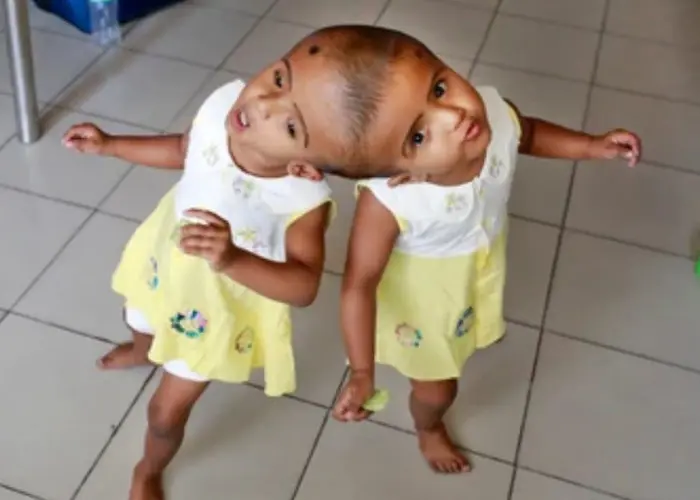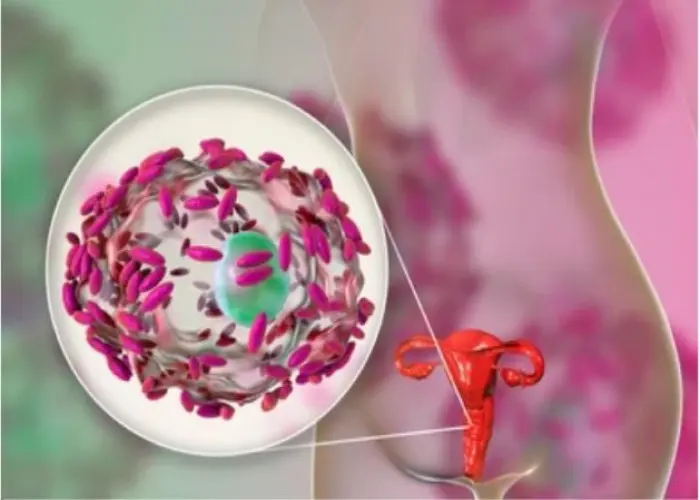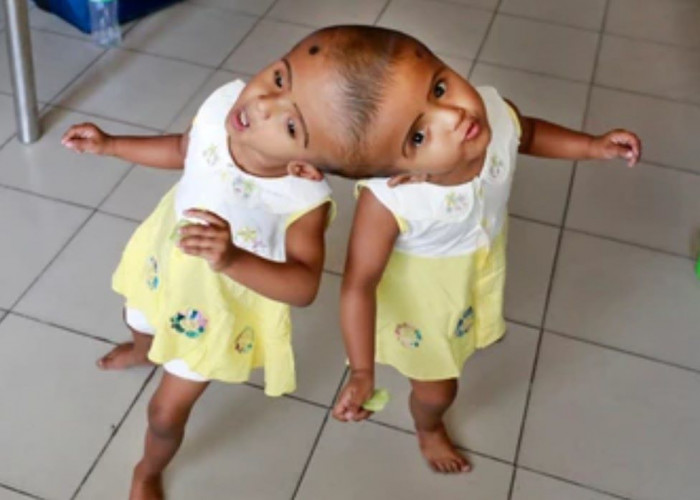 Welcome
Welcome
“May all be happy, may all be healed, may all be at peace and may no one ever suffer."
Conjoined twins

Conjoined twins, also known as Siamese twins, are identical twins who are physically connected to each other at birth. This occurs when a fertilized egg fails to separate completely during the early stages of development, resulting in twins who share some of the same body parts and organs.
Conjoined twins are rare, occurring in about 1 in every 200,000 live births. The exact causes of conjoined twins are not fully understood, but it is believed to be related to environmental and genetic factors.
The extent of the connection between conjoined twins can vary widely. Some twins may be joined only by a small amount of skin or tissue, while others may share more complex and vital organs such as the heart, liver, or digestive system.
The management of conjoined twins depends on the degree of connection between them and the organs involved. In some cases, separation may be possible, but this involves complex surgical procedures and carries a high risk of complications, including infection, bleeding, and organ damage. In other cases, separation may not be possible, and the twins may be managed with supportive care to help maintain their health and well-being.
The decision to separate conjoined twins is complex and requires careful consideration of the risks and benefits, as well as the wishes of the parents and the well-being of the twins themselves. In many cases, a team of specialists, including surgeons, nurses, and other healthcare professionals, will work together to determine the best course of action for the twins and their families.
Research Papers
Disease Signs and Symptoms
- Conjoined twins
Disease Causes
Conjoined twins
Identical twins (monozygotic twins) occur when a single fertilized egg splits and develops into two individuals. Eight to 12 days after conception, the embryonic layers that will split to form monozygotic twins begin to develop into specific organs and structures.
It's believed that when the embryo splits later than this — usually between 13 and 15 days after conception — separation stops before the process is complete, and the resulting twins are conjoined.
An alternative theory suggests that two separate embryos may somehow fuse together in early development.
What might cause either scenario to occur is unknown.
Disease Prevents
Disease Treatments
Treatment of conjoined twins depends on their unique circumstances — their health issues, where they're joined, whether they share organs or other vital structures, and other possible complications.
Monitoring during pregnancy
If you're carrying conjoined twins, you should be closely monitored throughout your pregnancy. You'll likely be referred to a maternal and fetal medicine doctor who specializes in high-risk pregnancy. You may also be referred to other specialists such as:
- Pediatric surgeons
- Pediatric urologists
- Pediatric orthopedic surgeons
- Plastic surgeons
- Pediatric cardiologists
- Pediatric cardiovascular surgeons
- Neonatologists
Your doctors and others on your health care team learn as much as possible about your twins' anatomy, functional capabilities and prognosis to form a treatment plan for your twins.
Delivery
A C-section is planned ahead of time, often two to four weeks before your due date.
After your conjoined twins are born, they're fully evaluated. With this information, you and your health care team members can make decisions regarding their care and whether separation surgery is appropriate.
Separation surgery
Separation surgery is an elective procedure done usually a year or more after birth to allow time for planning and preparation. Sometimes an emergency separation may be needed if one of the twins dies, develops a life-threatening condition or threatens the survival of the other twin.
Many complex factors must be considered as part of the decision to pursue separation surgery. Each set of conjoined twins presents a unique set of considerations due to variations in anatomy. Issues include:
- Whether the twins share vital organs, such as the heart
- Whether the twins are healthy enough to withstand separation surgery
- Odds of successful separation
- Type and extent of reconstructive surgery needed for each twin after separation
- Type and extent of functional support needed after separation
- What challenges the twins face if left conjoined
Recent advances in prenatal imaging, critical care and anesthetic care have improved outcomes in separation surgery. After separation surgery, pediatric rehabilitation services are crucial to assist with appropriate skill development through physical, occupational and speech therapies.
Disease Diagnoses
Disease Allopathic Generics
Disease Ayurvedic Generics
Disease Homeopathic Generics
Disease yoga
Conjoined twins and Learn More about Diseases

Bacterial vaginosis

Erysipelas

Traveler's diarrhea

Neurofibromatosis

Obstructive sleep apnea

Keloid scar

Kawasaki disease

Enlarged heart
Conjoined twins, Abby and brittany hensel, Parasitic twin, সংযুক্ত শিশু
To be happy, beautiful, healthy, wealthy, hale and long-lived stay with DM3S.
